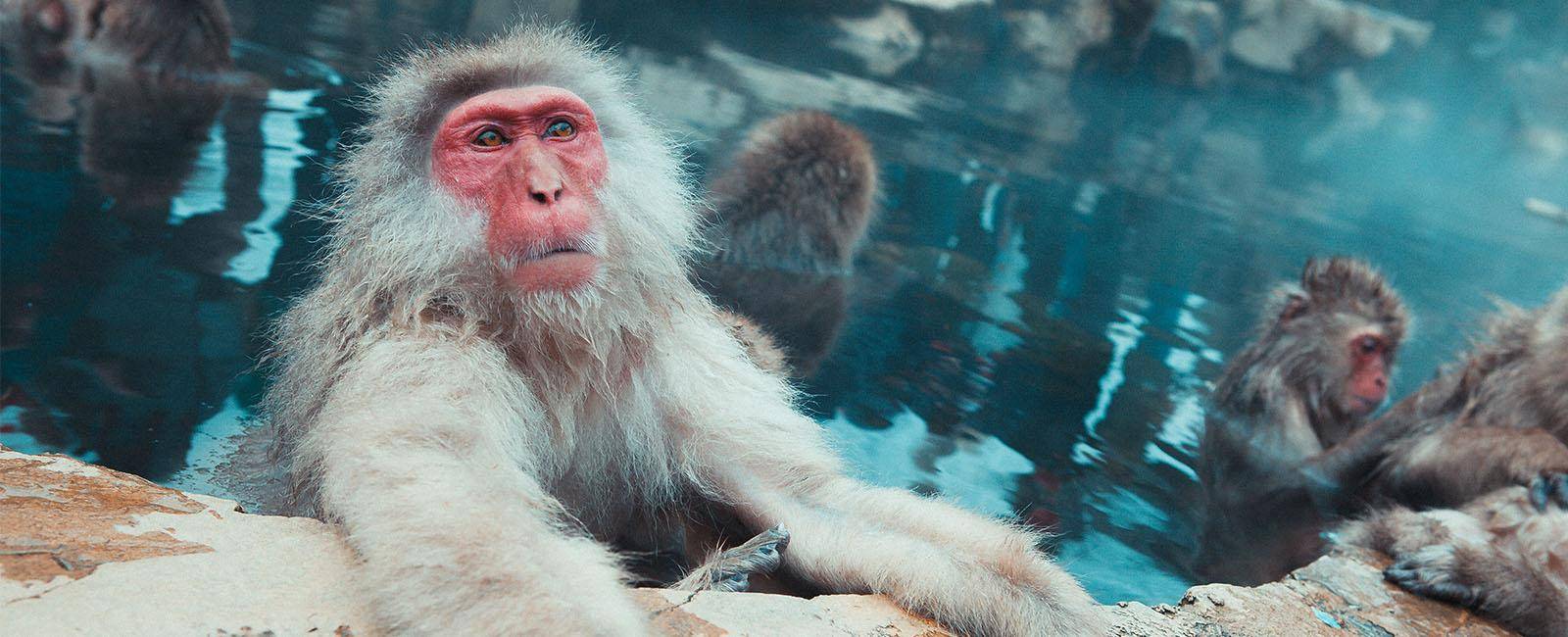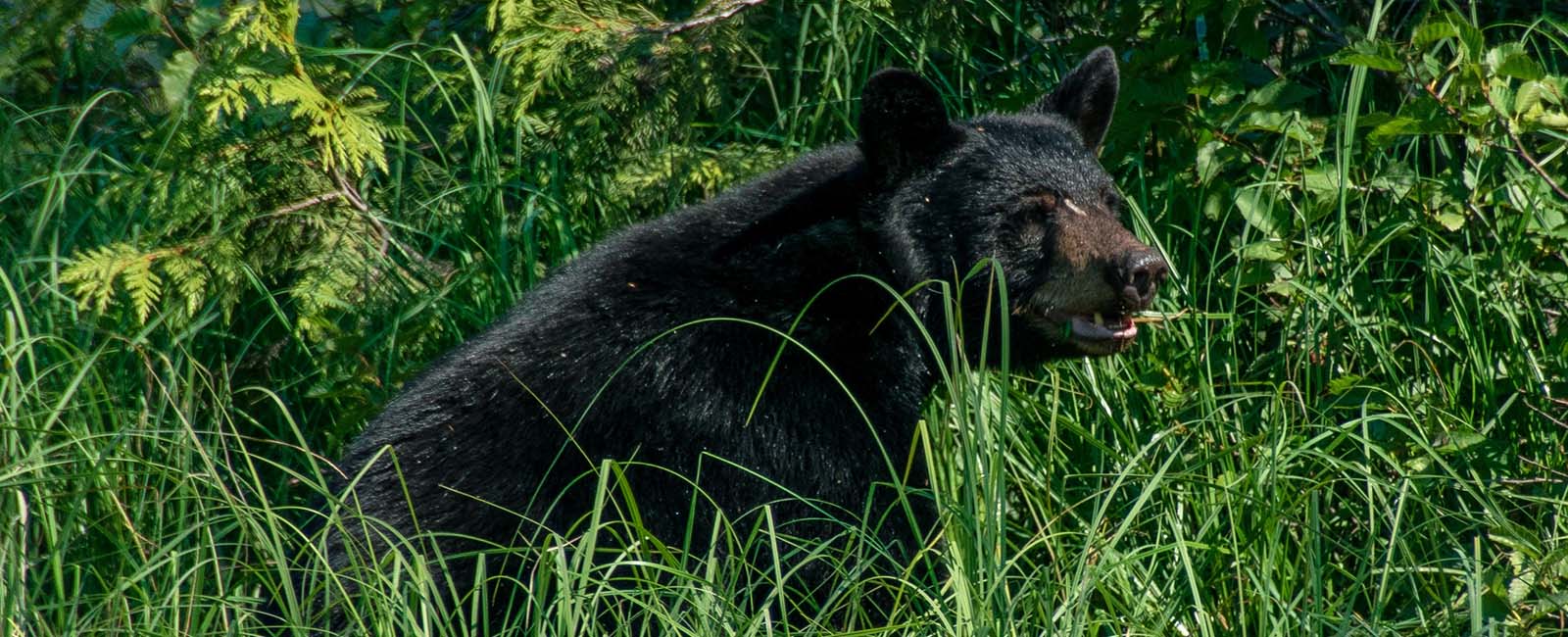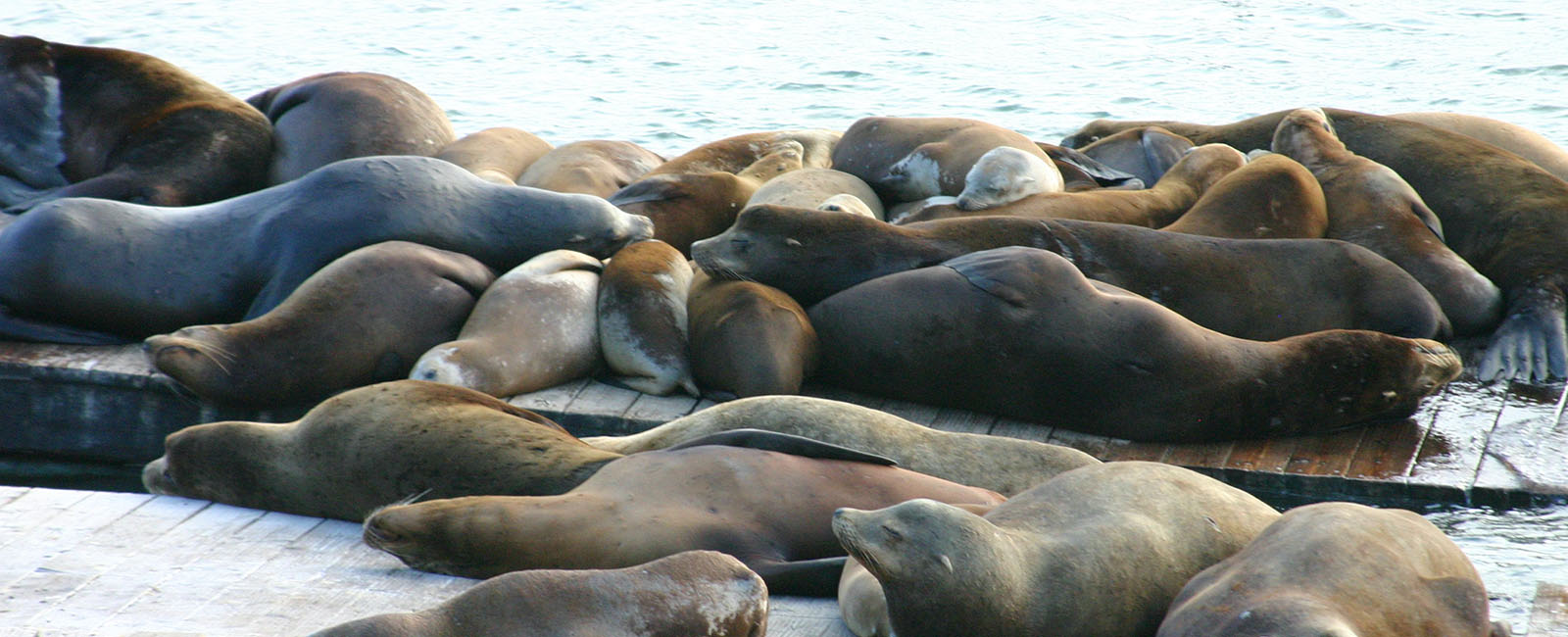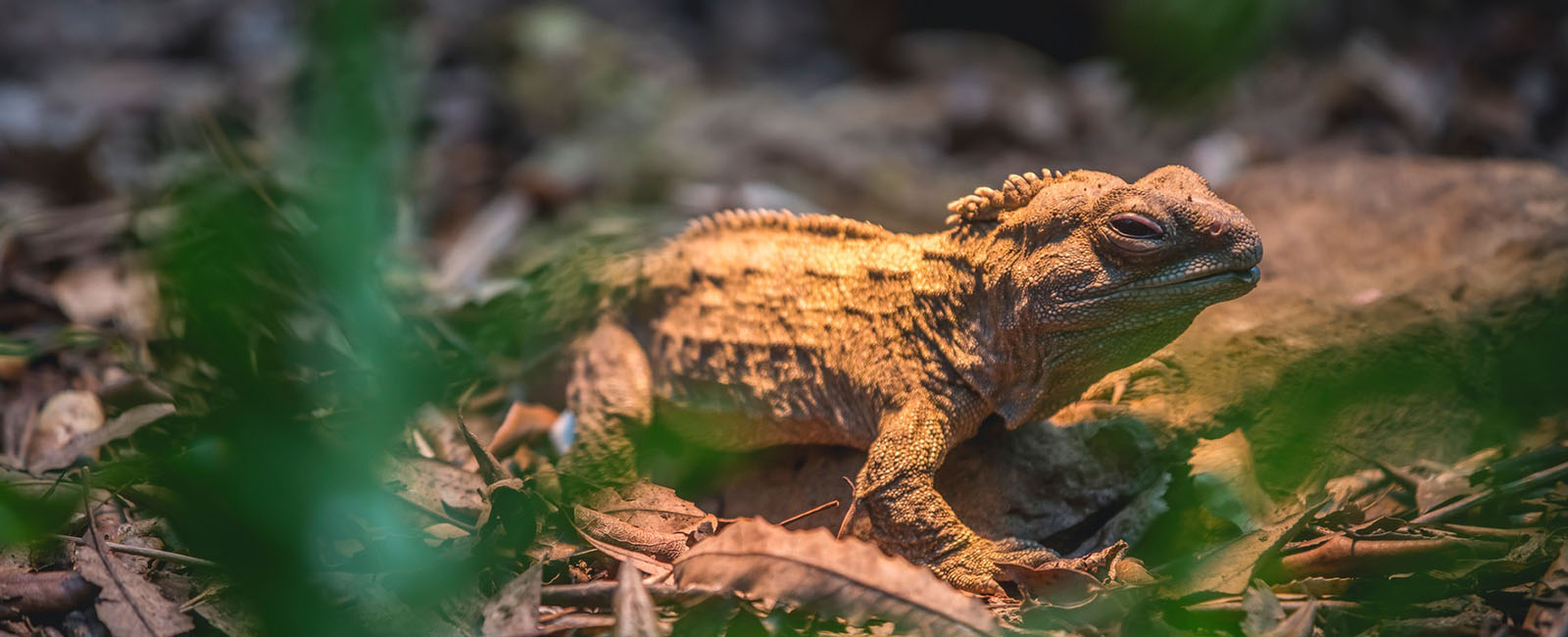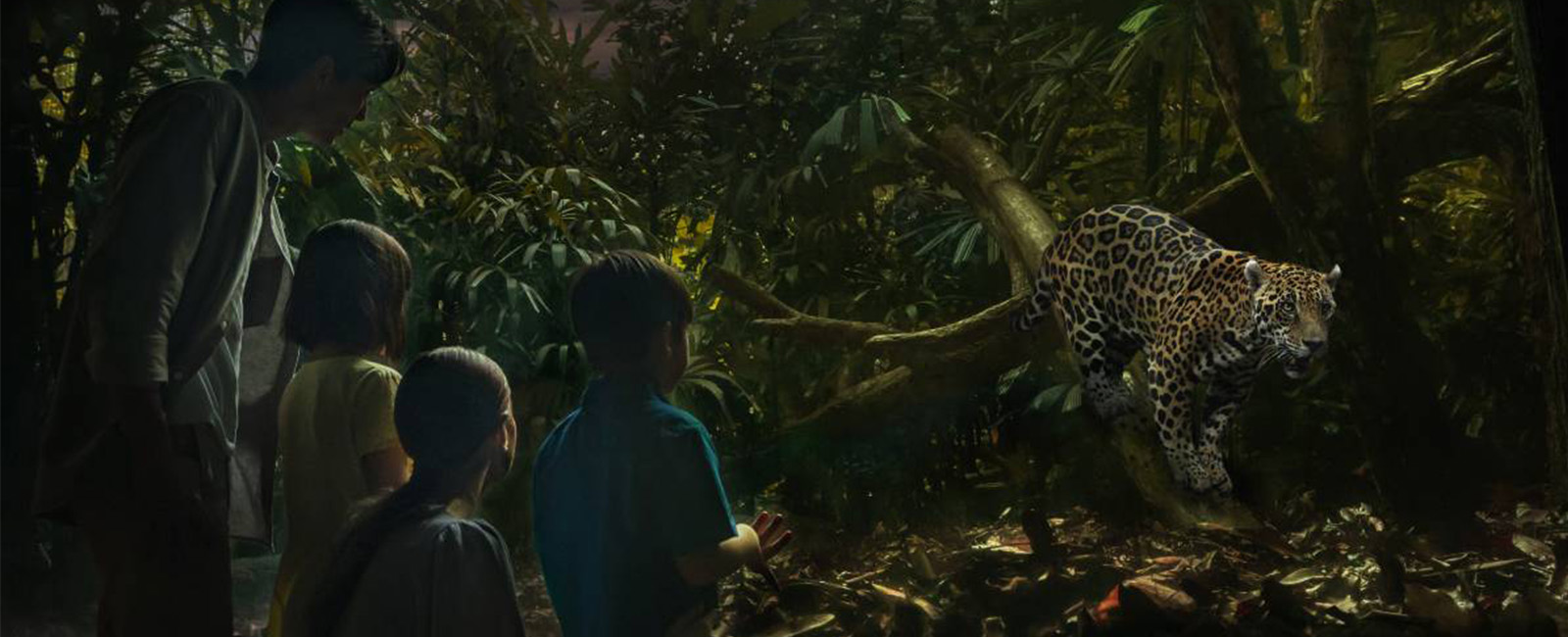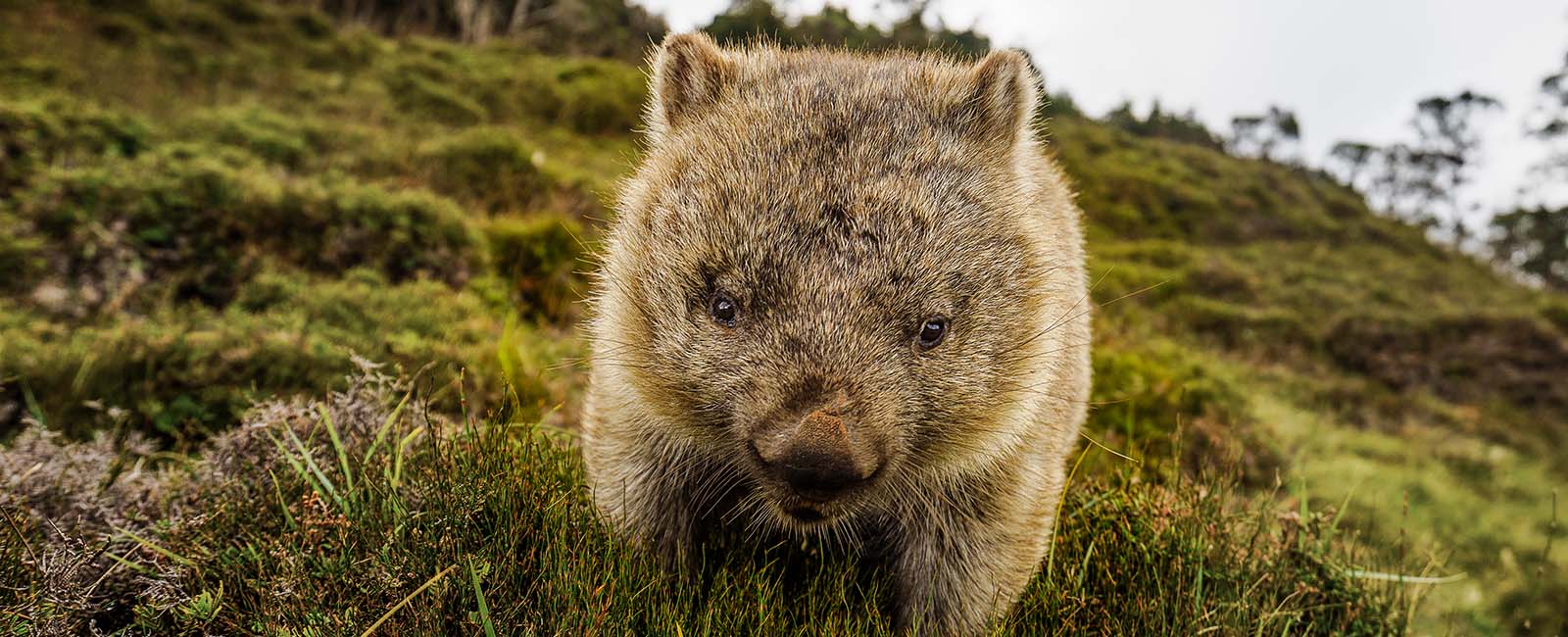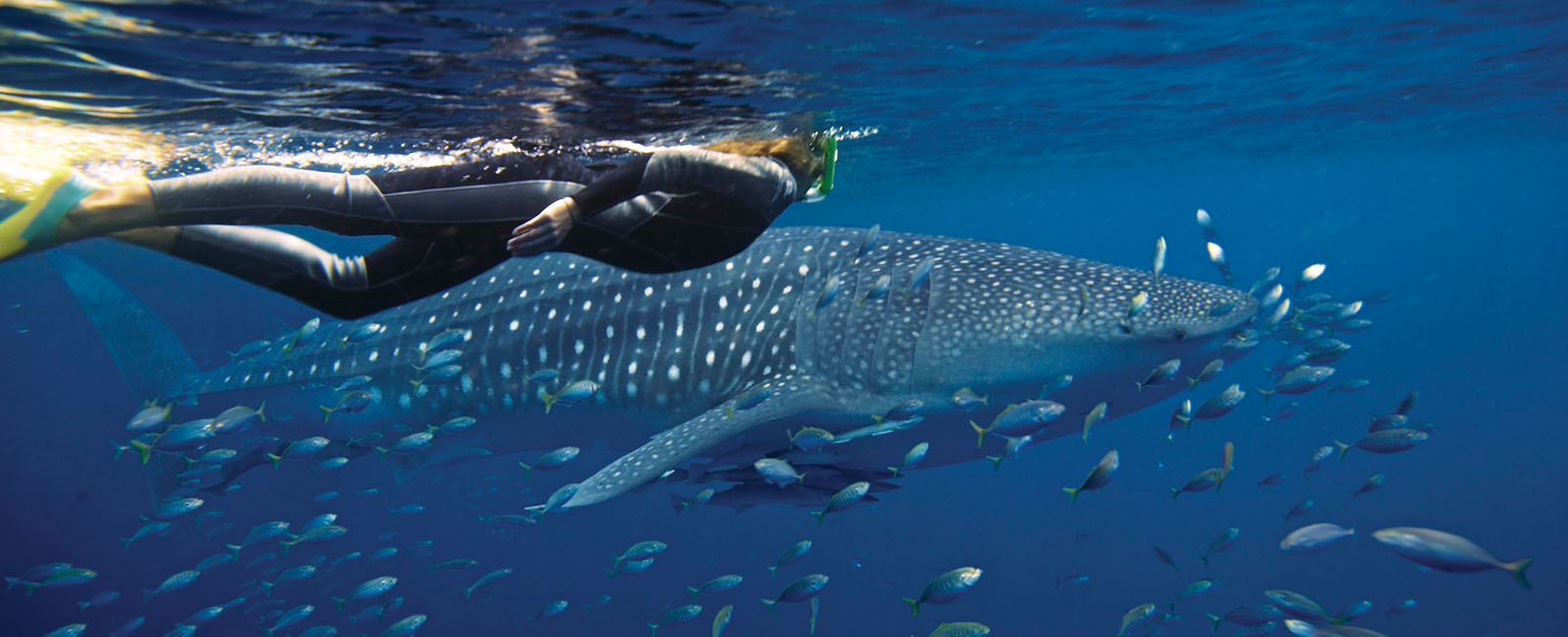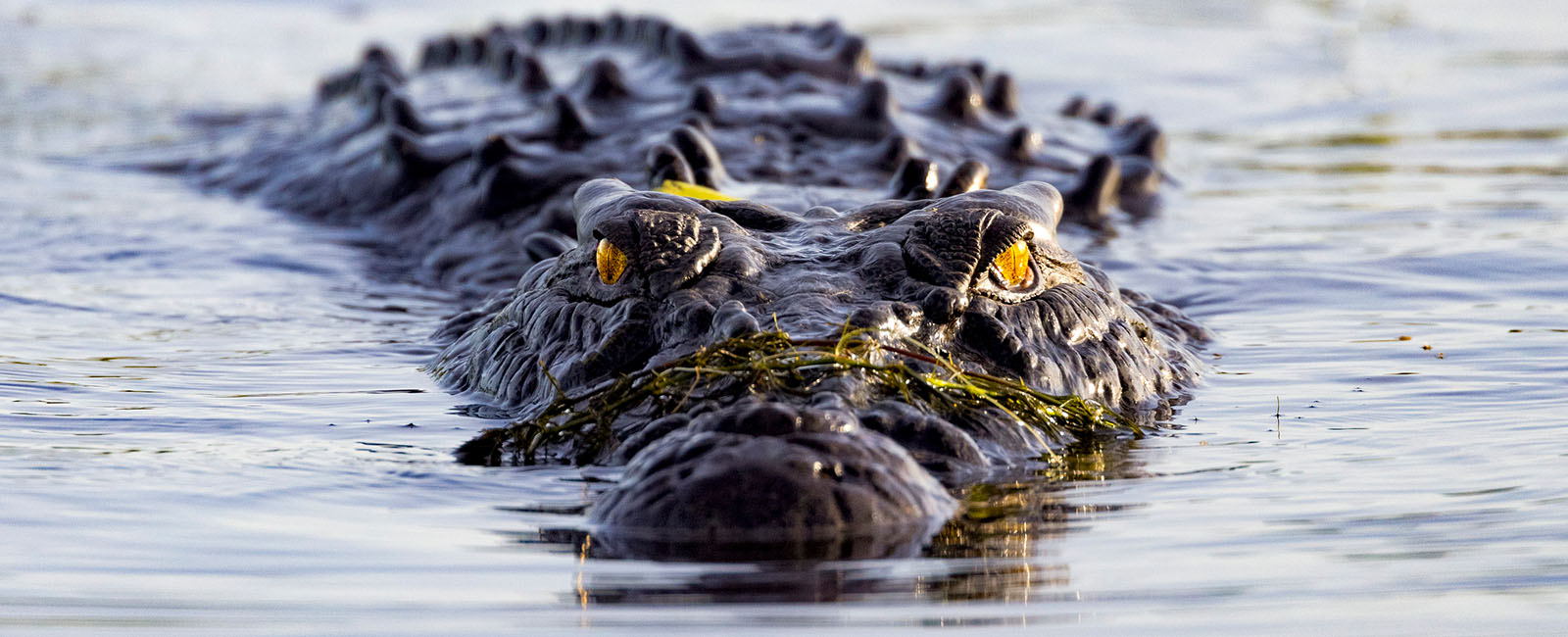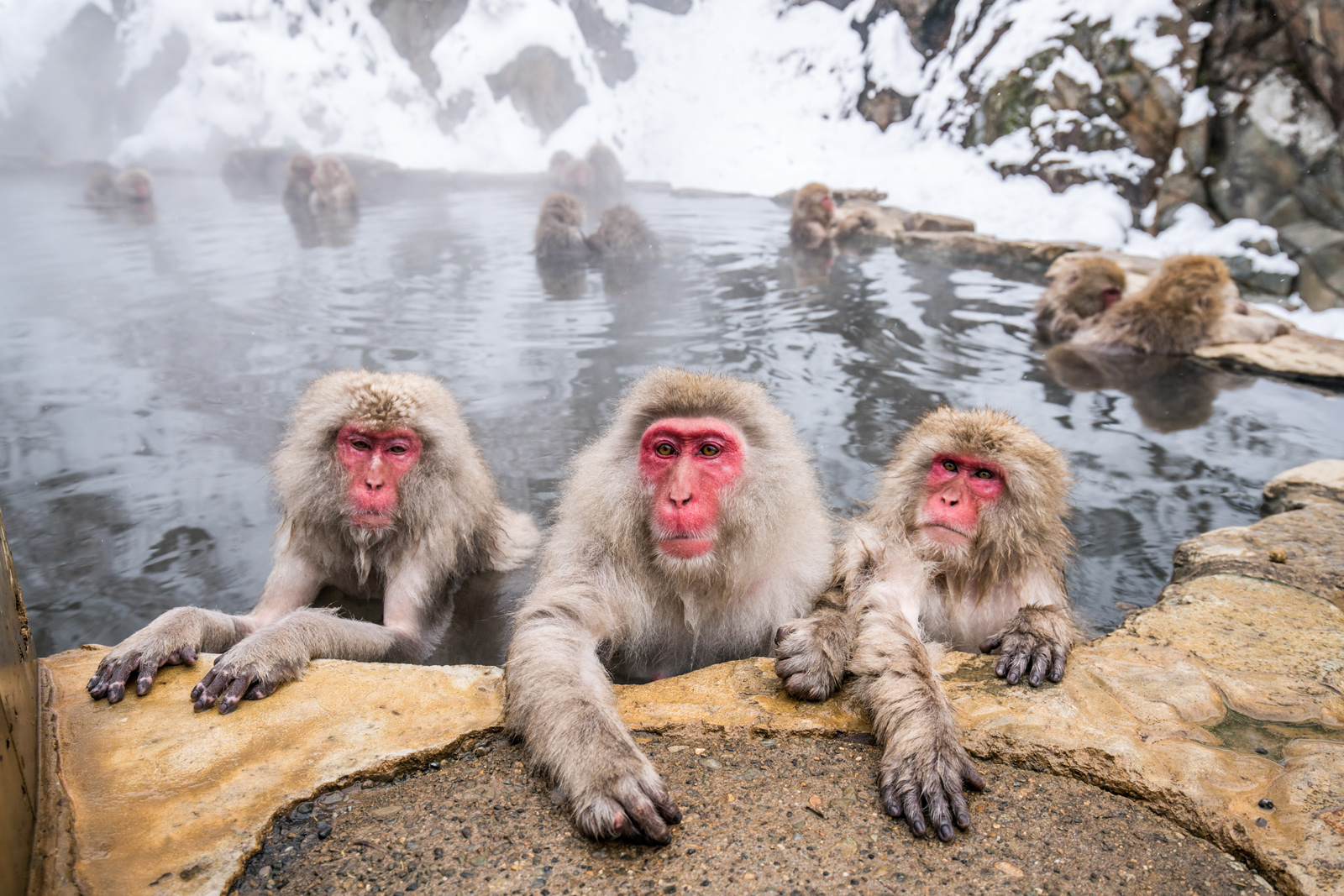
If you're totally wild for seeing wildlife on your travels, check out our list of eight destinations where you will be able to see animals in their natural habitat.
Snow Monkeys, Japan
Next time someone asks me what creature I would be if I was an animal, I’m going to say a Japanese Macaque from the Jigokudani Monkey Park near Nagano. These guys have the best life relaxing in the hot springs each day whilst gazing about at the snowy hillside (and hundreds of tourists!)
They’re the only monkeys in the world known to bathe in thermal waters, a sight which is most mesmerising during the winter months of December to March.
The Snow Monkey Park was created to provide a protected area for the monkeys to visit, whilst they remain wild and free to come and go from the park as they wish.
From Tokyo, it is easy to get to the Snow Monkey Park. Simply take the Shinkansen train to Nagano then transfer to the Snow Monkey Express bus. You’ll be there in less than 3 hours.
GETTING THERE
Bears, Vancouver Island, Canada
It always surprises me when visitors to Australia are scared of our native wildlife, especially when they come from places with animals that could literally hunt you down for dinner. You know, animals like lions and tigers and bears. Oh my!
Seeing these apex predators in the wild can be one of the most memorable experiences of your travels and Vancouver Island in Canada is one of the best places to see wild bears.
The most common bear on Vancouver Island is the black bear – it is believed there are over 7000 of them around the island. You are very likely to see one unless visiting in winter when they are hibernating.
Grizzly bears are also sometimes spotted around the island, with your best chance of spotting on being on a guided tour. Remember to research and adhere to all safety guidelines if you’re planning to visit bear country.
GETTING THERE
Sea lions, San Francisco, USA
In many cities around the world, the local wildlife have long since moved on to other habitats, far away from the destructive impact of human development. But not the sea lions of San Francisco. Nope. A few of these might marine mammals decided to make themselves at home at Pier 39, then they invited all their relatives and friends to join them, and became a global icon.
The number of sea lions varies throughout the year, but at its highest point there were over one thousand sea lions lounging about on the docks.
Noisy, smelly and infinitely entertaining, a visit to Pier 39 is a must-do for any visitor to San Francisco.
GETTING THERE
Tuatara, New Zealand
When most people think of New Zealand wildlife, they think of the Kiwi, a worthy creature for any avid wildlife spotter. But me, I think of the Tuatara, who roamed the earth during the Jurassic period alongside dinosaurs and early specimens of birds and crocodiles.
Often referred to as ‘living fossils’ the Tuatara are a window into the past. Whilst they did once live throughout the mainland, naturally wild populations are now only found on 32 of New Zealand’s islands, mainly in the north east.
You would be very lucky to spot one in the wild - sightings of these shy creatures are quite rare. However, there are healthy populations in several zoos and conservation areas around NZ, such as Auckland Zoo.
GETTING THERE
Mandai Reserve Night Safari, Singapore
What’s a zoo doing in a list of wildlife encounters? Every other place featured in this article are all sites where you can see ‘wild’ wildlife. I made an exception for the Mandai Wildlife Reserve Night Safari in Singapore, because it’s a special experience you should do at least once in your life.
Once the sun sets, you can enter the park and take a tram through the various zones to spot animals as they begin their nocturnal activities. There are approximately 100 different species at the reserve, of which almost 41% are threatened species. The reserve is home to the Malayan tiger, clouded leopard, Asian elephants, fishing cats and more.
GETTING THERE
Wombats, Cradle Mountain, Tasmania
There are many wonderful places to see native Australian animals in their natural habitats, but the abundance of wombats at base of Tasmania’s iconic Cradle Mountain puts this location as one of the best. As well as the wombats, Cradle Mountain also has spectacular scenery, fantastic hiking trails and magical alpine forests that look like they belong in a fairy tale.
But, back to the wombats. The best time to see them is at dawn before they head back into their burrows, or around sunset as they emerge after their long day of sleep. The area around Ronny Creek is especially good for wombat-spotting, with easily accessible boardwalks marking a trail through the grasslands and across the creek.
You might even be lucky enough to see the wombats in the snow!
GETTING THERE
Whale Sharks, Ningaloo Reef, Western Australia
You will never forget coming face to face with a whale shark, the gentle giants of the sea. The largest fish species alive today, the whale shark feeds on plankton (not humans!) and are known for their spotted patterns and large gaping mouths. Whilst they can be found in warm tropical waters across the globe, one of the places they are consistently seen is in Western Australia’s Ningaloo Reef.
The whale season at Ningaloo Reef runs from March through to August, with tours running daily to see the whale sharks and snorkel with them. The Ningaloo Reef is an oasis for all kinds of marine life, with manta rays, turtles, dugongs, dolphins and whales amongst the animals you may see.
GETTING THERE
Crocodiles, Kakadu National Park, Northern Territory
There are some animals you don’t want to see in the wild, except from the relative safety of a guided tour. Australia’s infamous saltwater crocodiles are on that list for me. Lucky, there are plenty of tours in Kakadu National Park, home to over 10,000 crocodiles!
The sunrise and sunset cruises at Yellow Water Billabong are especially popular with visitors wanting to experience Kakadu’s wildlife, including the reptile at the top of the food chain.
You can also see crocs from the viewing platform at Cahill’s Crossing, where large numbers of crocodiles gather on the causeway to feed on mullet and barramundi as the tide comes in. A fascinating phenomenon to witness.
GETTING THERE

